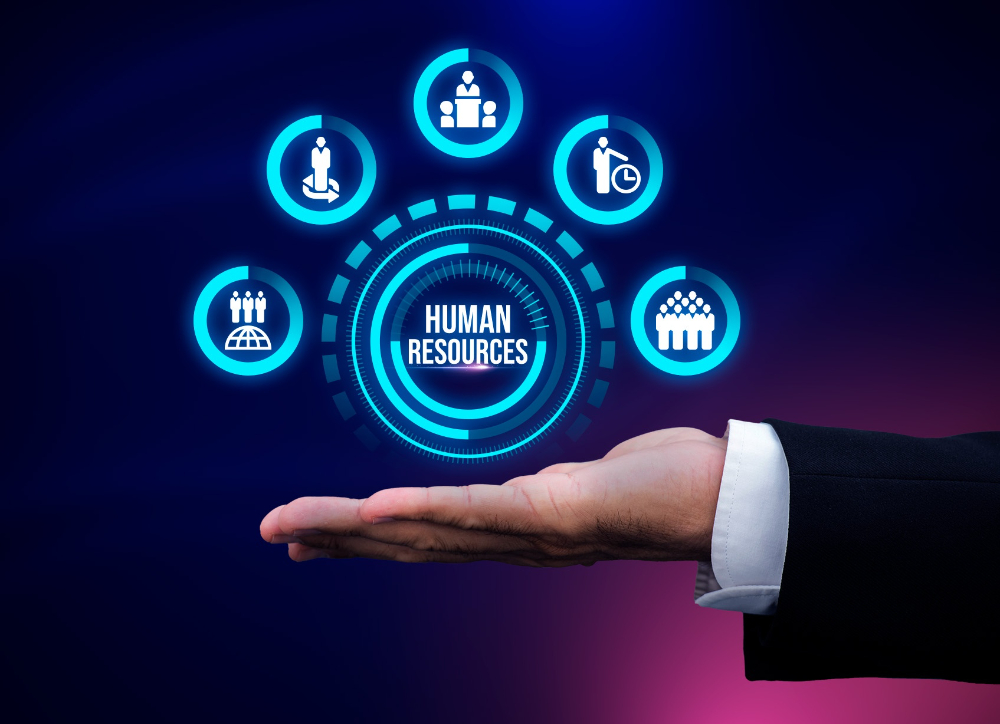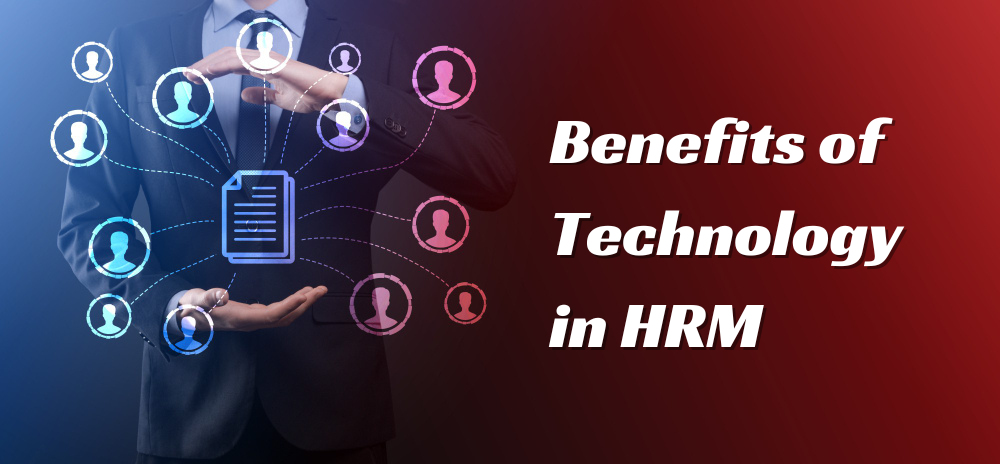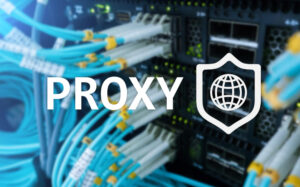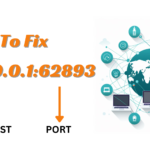HR and the Role of Technology in Human Resource Management (HRM)
- 1 The Evolution of HRM
- 2 Core Areas of HRM Impacted by Technology
- 2.1 1. Recruitment and Onboarding
- 2.2 2. Performance Management
- 2.3 3. Learning and Development
- 2.4 4. Employee Engagement and Communication
- 2.5 5. HR Analytics and Data-Driven Decision Making
- 3 Benefits of Technology in HRM
- 3.1 1. Enhanced Efficiency
- 3.2 2. Improved Accuracy
- 3.3 3. Better Decision Making
- 3.4 4. Greater Flexibility
- 3.5 5. Enhanced Employee Experience
- 4 Challenges and Considerations
- 4.1 1. Data Security and Privacy
- 4.2 2. Change Management
- 4.3 3. Integration with Existing Systems
- 4.4 4. Cost Considerations
- 5 Future Trends in HR Technology
- 5.1 1. AI and Machine Learning
- 5.2 2. Blockchain in HR
- 5.3 3. Virtual and Augmented Reality
- 5.4 4. Advanced HR Analytics
- 6 Conclusion
Human Resource Management (HRM) has undergone a significant transformation in the digital era. Technology integration into HR functions has redefined how organizations manage their workforce, enhancing efficiency, accuracy, and effectiveness. This article explores the role of technology in HRM, examining how it has revolutionized traditional HR practices and what the future holds for technology-driven HR.
The Evolution of HRM
Traditionally, HRM involved manual processes such as recruitment, payroll, employee performance evaluation, and record-keeping. These processes were often time-consuming and prone to human error. The advent of technology introduced a paradigm shift, enabling automation, real-time data analysis, and streamlined communication.
Core Areas of HRM Impacted by Technology

1. Recruitment and Onboarding
Applicant Tracking Systems (ATS): Modern ATS platforms have revolutionized recruitment by automating the initial hiring stages. They facilitate the management of job applications, streamline candidate filtering based on predefined criteria, and support the coordination of interviews. This reduces the administrative burden and shortens the time-to-hire.
Artificial Intelligence (AI) in Recruitment: AI-powered tools can analyze resumes and job descriptions to match candidates with job openings more accurately. Machine learning algorithms can also identify patterns in successful hires, helping refine recruitment strategies. AI chatbots assist in preliminary candidate interactions, providing instant responses and scheduling interviews.
Virtual Onboarding Platforms: Digital onboarding platforms provide new hires with a seamless introduction to the company. They offer virtual tours, training modules, and essential documentation, ensuring a smooth transition into the organization, even in remote working scenarios.
2. Performance Management
Performance Management Systems (PMS): Technology-enabled PMS allows continuous performance tracking. Real-time feedback and performance metrics can be collected and analyzed, providing a comprehensive view of an employee’s performance. This shifts performance management from a periodic review process to a continuous improvement approach.
360-Degree Feedback Tools: These tools gather feedback from various sources, including peers, subordinates, and supervisors. This holistic view helps identify strengths and areas for development, promoting a culture of constructive feedback and personal growth.
Goal-Setting and Tracking: Technology facilitates the alignment of individual goals with organizational objectives. Automated tracking systems monitor progress and alert managers to deviations, enabling timely interventions and support.
3. Learning and Development
Learning Management Systems (LMS): LMS platforms offer a centralized repository for training materials, courses, and resources. Employees can access personalized learning paths, engage in interactive training sessions, and track progress. This supports continuous learning and skill development.
E-Learning and Mobile Learning: The shift towards e-learning and mobile learning platforms allows employees to access training materials conveniently. This flexibility is particularly beneficial for remote workers and supports a culture of self-directed learning.
Gamification: Incorporating gamification elements into training programs enhances engagement and motivation. Interactive modules, quizzes, and rewards make learning more enjoyable and effective.
4. Employee Engagement and Communication
Employee Engagement Platforms: These platforms offer tools for conducting surveys, gathering feedback, and tracking engagement levels. They provide insights into employee satisfaction and areas needing improvement, fostering a more engaged and productive workforce.
Internal Communication Tools: Collaboration platforms like Slack, Microsoft Teams, and Zoom facilitate real-time communication and collaboration. They support remote working arrangements, ensuring that teams remain connected and aligned regardless of their physical location.
Recognition and Reward Systems: Digital platforms streamline the recognition and rewards process. Automated systems can track achievements and milestones, enabling timely recognition and fostering a culture of appreciation.
5. HR Analytics and Data-Driven Decision Making
HR Analytics Platforms: Advanced analytics platforms provide insights into workforce trends, employee turnover, and performance metrics. By analyzing this data, HR professionals can make informed decisions, identify potential issues, and develop strategies to address them.
Predictive Analytics: Predictive analytics tools can forecast future HR trends, such as turnover rates and staffing needs. This enables proactive workforce planning and the implementation of retention strategies before issues arise.
Employee Sentiment Analysis: AI-driven sentiment analysis tools analyze employee feedback from various sources to gauge morale and identify areas of concern. This real-time understanding of employee sentiment helps in addressing issues promptly.
Benefits of Technology in HRM

1. Enhanced Efficiency
Technology automates repetitive tasks, freeing HR professionals to focus on strategic initiatives. This leads to faster processing times and a reduction in administrative overheads.
2. Improved Accuracy
Automated systems minimize human errors in data entry, payroll calculations, and record-keeping. This ensures greater accuracy in HR processes and compliance with regulatory requirements. Incorporating tools such as a pay stub generator can enhance accuracy by automatically generating precise pay stubs for employees, reducing manual errors, and ensuring compliance with payroll regulations.
3. Better Decision Making
Data-driven insights enable HR professionals to make informed decisions regarding recruitment, performance management, and employee engagement. This leads to more effective HR strategies and better alignment with organizational goals.
4. Greater Flexibility
Technology supports remote work and flexible working arrangements. Cloud-based HR systems enable access to HR functions from anywhere, promoting a more adaptable and responsive workforce.
5. Enhanced Employee Experience
Digital tools provide employees with a seamless and engaging experience, from recruitment to onboarding and ongoing development. This contributes to higher satisfaction and retention rates.
Challenges and Considerations
1. Data Security and Privacy
With the increased reliance on digital tools, protecting employee data becomes paramount. Organizations must implement robust data security measures and comply with privacy regulations to safeguard sensitive information.
2. Change Management
Adopting new technologies requires a cultural shift and buy-in from all stakeholders. Effective change management strategies are essential to ensure a smooth transition and to overcome resistance to new processes.
3. Integration with Existing Systems
Integrating new HR technologies with legacy systems can be complex. Organizations must ensure that new tools are compatible with existing infrastructure to avoid disruptions.
4. Cost Considerations
While technology can offer long-term savings, the initial investment in new systems and training can be significant. Organizations must carefully evaluate the cost-benefit ratio when adopting new technologies.
Future Trends in HR Technology
1. AI and Machine Learning
The use of AI and machine learning in HR is expected to grow, providing deeper insights into workforce trends, automating more complex tasks, and enhancing the personalization of employee experiences.
2. Blockchain in HR
Blockchain technology can offer secure and transparent verification of credentials, streamlining background checks and certification processes. This can enhance the integrity and speed of the hiring process.
3. Virtual and Augmented Reality
Virtual and augmented reality technologies have the potential to revolutionize training and debehavior by offering immersive learning experiences and simulations.
4. Advanced HR Analytics
As data analytics tools become more sophisticated, HR professionals will have access to deeper insights into employee behaviour, performance, and engagement, enabling more targeted interventions.
Conclusion
Technology integration into HRM has transformed how organizations manage their workforce. Technology has enhanced the efficiency, accuracy, and effectiveness of HR functions, from automating routine tasks to providing data-driven insights. As technology evolves, HR professionals must stay abreast of the latest trends and innovations to harness their full potential and drive organizational success. The future of HR lies in embracing technology as a strategic enabler, creating a more agile, responsive, and engaged workforce.

















